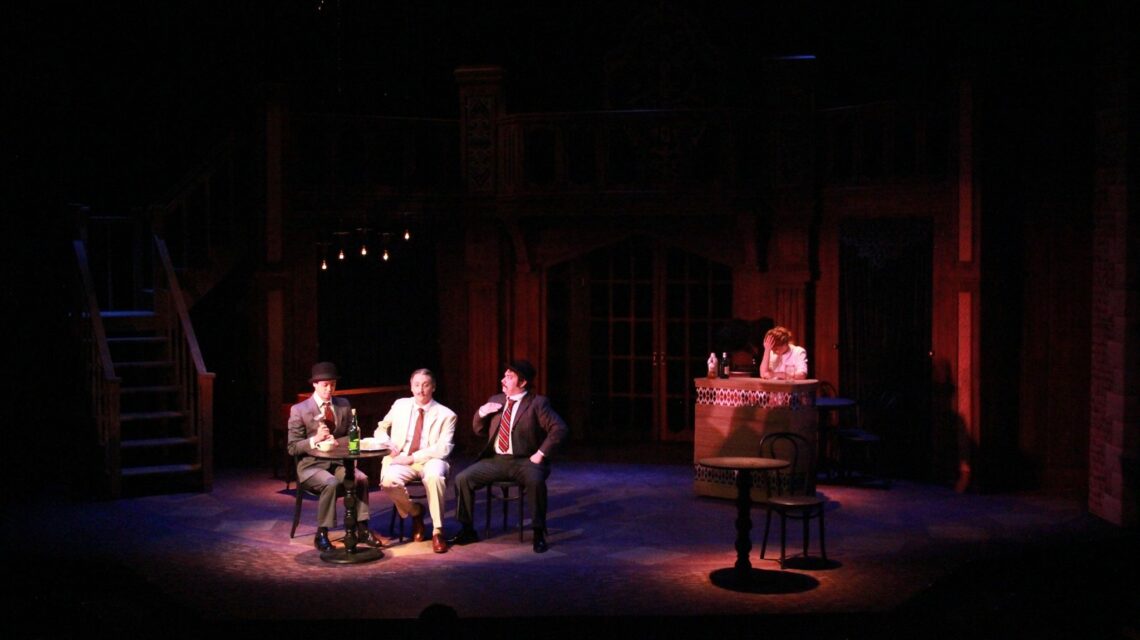Director’s Note
“If I had my mouth, I would bite,”
says Don John in the third scene of Much Ado About Nothing. This production makes that figurative expression real. Don John has suffered horrific facial wounds–like many veterans returning home from World War I. The American sculptor Anna Coleman Ladd was so moved by the plight of these veterans that she made her studio into a facial reconstruction laboratory, painstakingly crafting facial masks that would cover the savage wounds these soldiers suffered. She spent days watching each man, noting him when sad, when happy, when moved, then created a frozen mask that conveyed something like his personality.
Ladd’s art restored some measure of dignity to ravaged souls, but hid the truth of the wounds they suffered. This notion informs our take on Much Ado About Nothing. It’s a comedy, so there must be a happy ending, but how deep is the happiness Hero displays when, at long last, she marries her Claudio—the same Claudio who takes delight in shaming her on her wedding day? Is her smile just another kind of mask?
It all depends on how one looks at it, and we are told, over and over in this play, that people suffer from “misprision”—looking at things the wrong way. Benedick looks at Beatrice one way before he thinks she loves him. He looks at her another way after he has “proof” that she does. Claudio looks at Hero when one way he “sees her” make love on the balcony above him. He remembers her differently at her tomb when he “knows” he’s killed her with his slander.
We see things that aren’t there and don’t see things that are. We don masks to show what we think we know, and don masks to blind us to what we wish we did not.
Shakespeare’s art lifts those masks, helps us see past our false certainties and into more frightening realities. What happens then, as it does to Beatrice and Benedick, is we discover that beyond our wounds, just past our blindness, and underneath our fear, the truth of us is love.
– Bruce Avery






